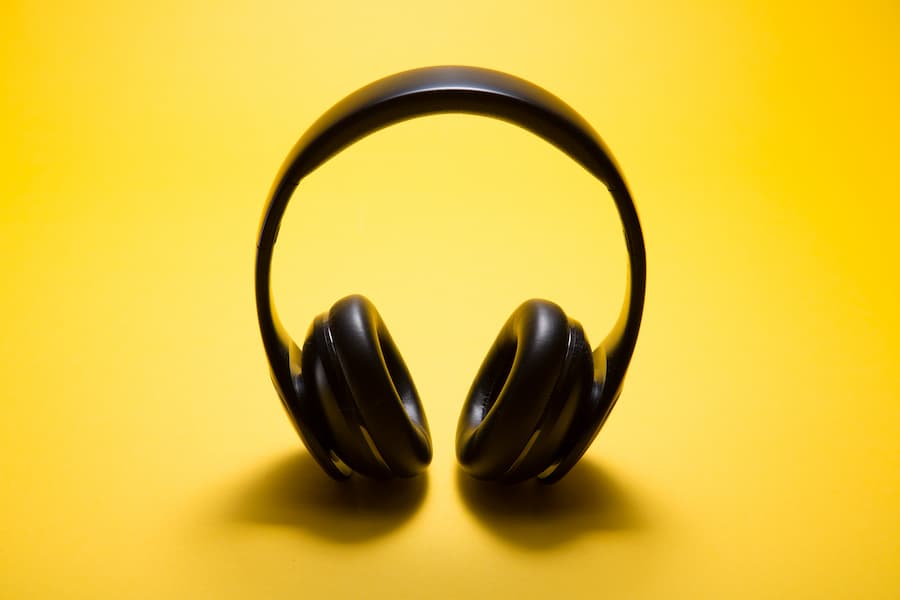How to choose the best hearing protection

Choosing earplugs and ear muffs for civil construction contractors
We all know how important it is to wear hearing protection. Industrial noise exposure can have serious and lasting effects on a workers quality of life, including both hearing loss and tinnitus (or ringing in the ears).
So how do you know what is the best hearing protection for industrial noise protection, and which earplugs or earmuffs should you buy for you and your team?
Things to think about
There are a number of factors when it comes to choosing the best hearing protection for industrial noise.
These include how long you are likely to be exposed to noise, getting the right fit, and compatibility with other PPE such as safety glasses or hard hats.
Employee satisfaction with the chosen earplugs or earmuffs is also a big factor in staying protected: if your team isn’t comfortable they are less likely to wear their ear protection!
Deciding on earplugs vs earmuffs can be a personal choice, as often both products can have the same rating and therefore be suitable for your workplace. In certain cases, a combination of both can be worn at the same time.
Finally, hearing protection should be the last port of call in the hierarchy of workplace hazard control. It should only be used if you can’t engineer out the noise hazards (perhaps with an acoustic screen or soundproofing), or change employee movements such as by reorganizing shifts or reprogramming machinery operation times.
How much noise are you exposed to?
Before you choose earplugs for workplace use, you should have an idea of the sound level that workers are likely to be exposed to during the work period. You can do this by conducting your own walkthrough review of the workplace, talking to employees about their concerns, observing the work and consulting any existing incident reports. Take a look at this table from consumer watchdog Choice to seewhat different decibel levels sound like in practical terms. You can use a portable sound level meter to gauge a reading of different parts of your workplace.
If after this internal risk assessment you have identified any hazardous noise, then you should assess the risks further by having a competent person perform an official noise assessment. This workplace noise assessment will determine what level of hearing PPE your team must use.
Get this assessment done professionally to ensure you comply with Safe Work regulations. Appendix E of this Code of Practice from Safe Work NSW has a handy checklist outlining what should be included in a noise assessment.
Now you know your sound level – what next?
A sound level survey or noise assessment will give you a kind of ‘heat map’ of your site. It will identify the decibel readings across different areas. These sound level zones will indicate which type of hearing protection you and your workers need. Note that people moving between different zones may need different hearing protection for different tasks.
The report might make recommendations on hearing protection levels or classes, which will give you a starting point in choosing the best earplugs or earmuffs for industrial noise.
How are earplugs and ear muffs categorized?
There are two approved methods for testing hearing protection in Australia, with results shown as either a Class or an SLC80 rating.
SLC80 means sound level conversion rating: this is the difference between the sound level of the environment, and the sound level reaching the wearer’s ears. This is converted to a recommended noise range.
Class 1 is the lowest protection, for noise under 90 dB(A), and Class 5 is the highest level of hearing protection for up to 110 decibels of sound. Some earplugs and earmuffs carry a NRR rating as well, which is generally due to them being manufactured in the US. The NRR testing and rating system used in the US is accepted for use in Australia.
The Australian Standard AS/NZS 1270 has further information on requirements for hearing protectors. Remember that any hearing protection you choose, whether it be earplugs or ear muffs, should comply with the Standard.
To recap those abbreviations:
Class 1 – 5: Signifies the hearing protector’s suitability for different bands or ranges of noise. See this table from Uvex for more details.
SLC80 = Sound level conversion rating – the difference between the sound level in the environment, and the sound reaching the person’s ears.
NRR = Noise reduction rating – the amount of sound that the earplugs / earmuffs will block out.
What is a safe decibel level for workplace noise?
Australian Workplace Health and Safety laws state that workers should not be exposed to noise levels over 85(dBA) over a period of eight hours a day, five days a week. This is the baseline from which safe exposure levels are calculated.
The 85 decibel figure is related to the total amount of noise energy a person is exposed to in the course of their working day. It takes into account both the noise level itself, and the length of time the person is exposed to it.
An unacceptable risk of hearing loss occurs at levels above 85 dB(A).
Note that as the noise level increases, it doesn’t do so in a linear way. Louder noise becomes exponentially more hazardous as the decibels climb. For example, a safe exposure limit at 88 dB(A) halves to 4 hours. At 100 decibels it drops dramatically to 15 minutes before the safe limit is exceeded.
Section 2.2 in this Safe Work NSW Code of Practice shows a table of noise exposure levels.
Over protection can be as bad as under protection
Providing hearing protection that over-protects a worker - meaning your earplugs or earmuffs have a higher Class level than necessary - can be dangerous.
Overprotection can cut out too much sound which can cause workers to experience difficulty communicating and hearing warning signals or noises, as well as discomfort from the higher clamping force of higher rated earmuffs.
So what are the best earplugs or earmuffs for industrial noise?
In short – the ones that suit both the user and the environment!
There are so many factors to take into account that it is difficult to recommend one type. The best hearing protectors for workplace noise will always be those that meet Australian Standards and are chosen carefully, taking into account:
- the work processes
- exposure time
- wearer acceptance and comfort
- compatibility with other PPE
- local regulations and guidance material
- staff awareness, training and monitoring of use
- proper ways to wear the ear protection
Advice on choosing the best hearing protection
The team at Jaybro can assist with choosing earplugs or ear muffs that suit your workplace, budget and staff.
Get in touch with our friendly customer service team for advice and assistance, or take a look at our range here.
 Sign In
Sign In 

